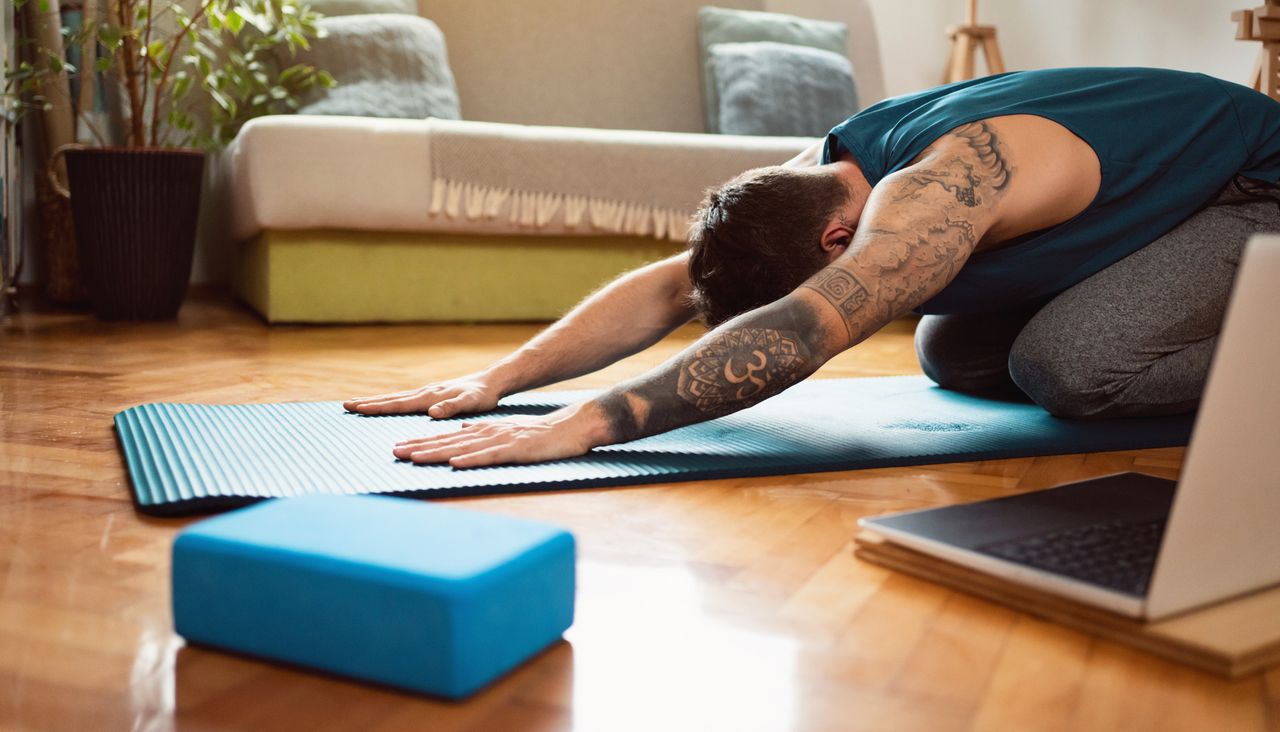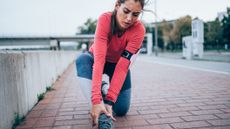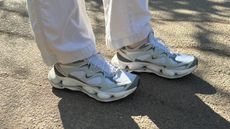A yoga instructor reveals four ways to make child's pose feel even better
Embrace props and allow your body to fully release into this soothing posture

Child's pose is a resting yoga posture and one of our recommended yoga stretches for beginners, allowing for a gentle release across the back, hips, shoulders, neck and head. However, not everyone finds it so relaxing all of the time. I know I’ve wriggled around in it, struggling to find a comfortable position to release into.
"Often child's pose can be uncomfortable for beginners," says Nicole Wood, master trainer at YogaSix. "To better support your body there are lots of prop options."
By using props you can support your body and relax more fully into the pose. They can also help you find a deeper stretch if you want more from your child’s pose.
And it's a mistake to think that using props such as blocks and bolsters means you're not doing the yoga pose properly. "Props allow you to feel more space in your body and help support proper alignment," says Wood.
Wood tells us four ways to make child’s pose work better for you.
How to do child's pose
Video credit: PeopleImages / Creatas Video+ / Getty Images Plus
- Kneel on the mat with your feet together and your knees wide apart.
- Bend forward at the hips and stretch out your arms on the mat in front of you, resting your forehead on the mat and keeping your back flat.
- Allow your chest to sink towards the mat
- Widen the space between your knees if it allows your chest to sink more comfortably towards the mat.
Prop suggestions for child's pose
- Place one or two blocks under your forehead, butt, or both. "This helps bring the earth closer to you and allows you to better support your body," says Wood. If you don’t have a block, resting your forehead on your hands or fists stacked can also help.
- If you would like more of a stretch in child's pose, place a block under each palm. "This will help you find a deeper stretch in your shoulders," says Wood.
- Placing a block under the chest can also help. "Students will find a bigger stretch through their front and back body as the block is helping to create more space through the chest and back," says Wood.
- For the ultimate relaxation in child’s pose, try straddling a bolster, lying along it and turning your head to one side. Take this further by elevating one end of the bolster: "Place two blocks staggered beneath the top of your bolster where the head rests, creating a ramp, so you can hug the bolster in a restful shape," says Wood.
Get the Fit&Well Newsletter
Start your week with achievable workout ideas, health tips and wellbeing advice in your inbox.
Camilla Artault is a fitness writer with a passion for running and yoga. She interviews experts and writes about a wide range of topics for Fit&Well encompassing health, fitness and nutrition.
-
 Runners—this quick routine will protect your ankles and help avoid injury
Runners—this quick routine will protect your ankles and help avoid injuryIf you’ve rolled an ankle on a run, add this quick routine to your training to prevent it from happening again
By Maddy Biddulph Published
-
 This urban walking shoe is helping me hit 10,000 steps a day—and they actually look good
This urban walking shoe is helping me hit 10,000 steps a day—and they actually look goodThe Merrell SpeedARC Matis is the perfect option for city hikers
By Alice Porter Published